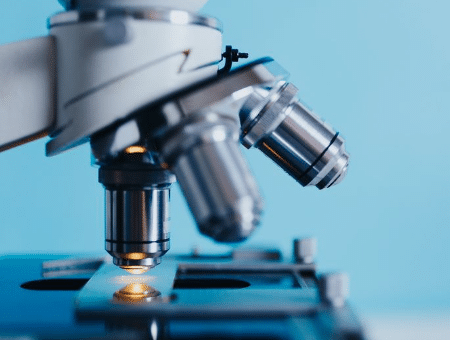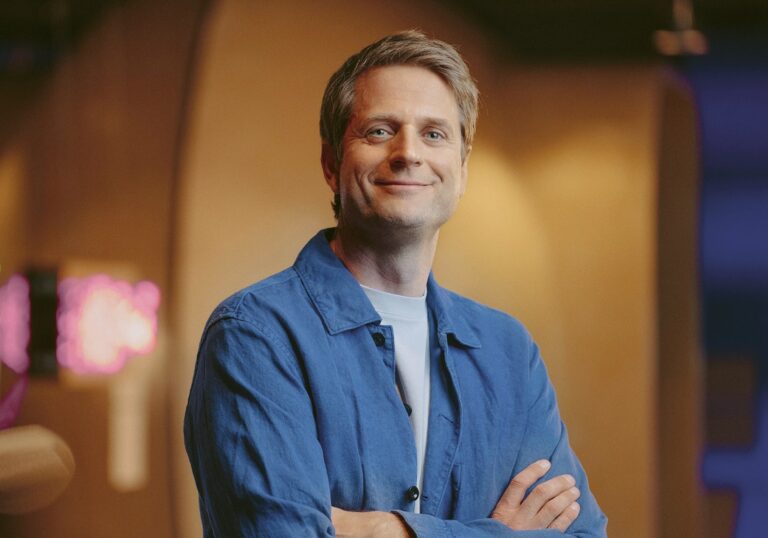World’s First Method to Identify Bacteria and Fungi in Microscope Images
Jagiellonian University scientists have developed the world’s first method of fast identification of bacteria and fungi in photographs from light microscopes. The innovative technology was developed in collaboration with the Department of Molecular Medical Microbiology coordinated by Professor Monika Brzychczy-Włoch and the Institute of Computer Science and Computer Mathematics coordinated by Bartosz Zieliński Ph.D, a professor at the Jagiellonian University.
This new technology intended to support medical diagnostics can also be applied in industry and food safety monitoring. It utilises deep neural networks and artificial intelligence. Although the identification procedure takes a very short time, it is very complex and based on nearly 10 years of interdisciplinary research conducted at the Jagiellonian University. It has already been patented in the European Union and the university wants to introduce it to clinical use as quickly as possible.
Now the technology can identify several dozen species of bacteria and yeast, but according to the scientists there are no limitations in its future development and diagnostic capabilities. Ultimately, the system should be able to recognise any species, with which it has already become familiar. For this purpose the scientists have begun building the microbe database from the most commonly found pathogens. In future they will teach the system to recognise rarer species.
‘Our system may ultimately function as an independent and autonomous tool for identifying microorganisms in the tested biological materials; it may also support or complement previously used laboratory methods. It all depends on the model adopted in the laboratory. Importantly, the test result is delivered almost immediately after the photo is uploaded to the system. This is a key issue in situations where the patient has already developed an infection and a quick diagnosis is needed to immediately apply appropriate treatment’ said Professor Brzychczy-Włoch.







